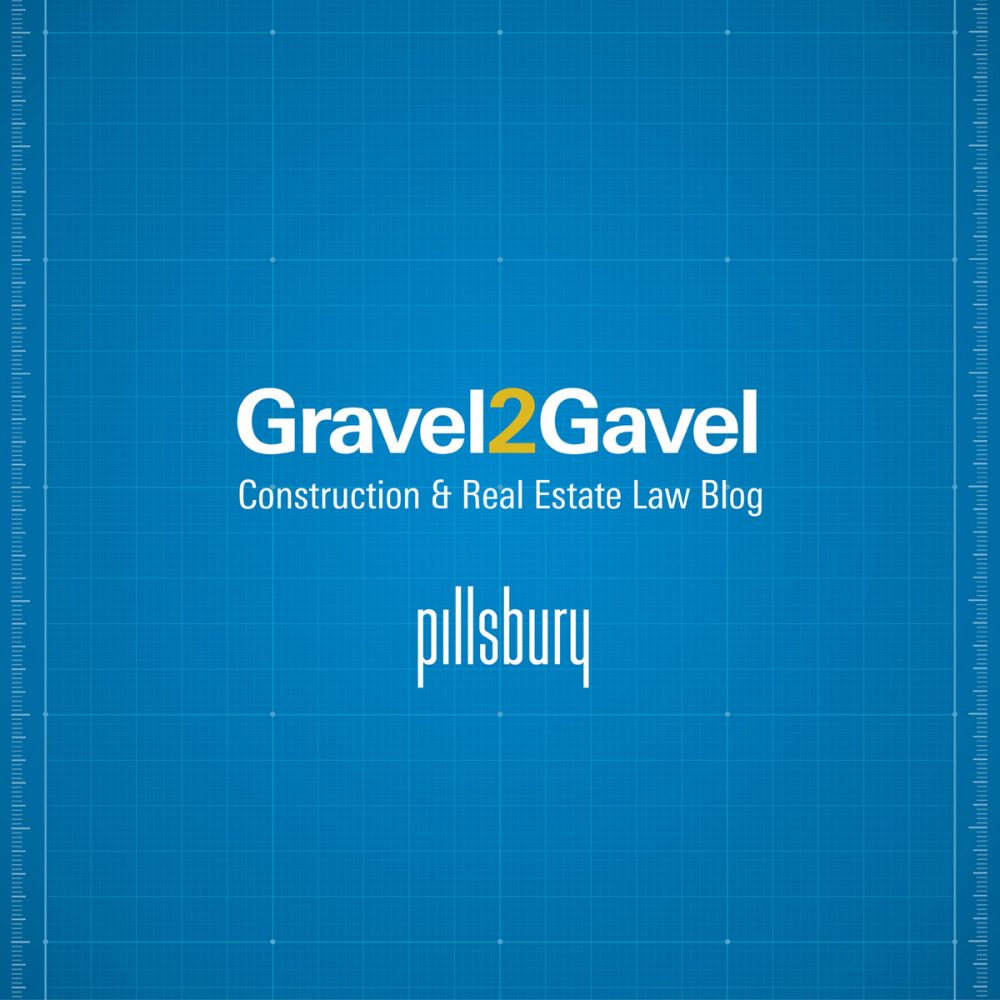Foreign Entry into the United States Construction, Infrastructure and PPP Markets
Two major forces are combining to create extraordinary opportunities for infrastructure project participants in the United States. One is the long pent-up demand for overhaul of the nation’s roads, ports, dams and other civil works. The American Society of Civil Engineers (ASCE) routinely awards “C-” or worse grades for the status and safety of the country’s backbone facilities. The lack of prior investment is apparent to anyone who uses public transit in the U.S. and then uses similar conveniences in major cities around the globe.
The other is the set of political incentives laid down by recent legislation including the Infrastructure Investment and Jobs Act and the Inflation Reduction Act, which have authorized over $1 trillion for programs, many of which call for new and expanded facilities. According to the 2023 U.S. Construction Industry Databook Report, the national construction market is expected to record a compound annual growth rate of 5.2% during 2023 – 2027, and the aggregate output is expected to reach $1.7 trillion by 2027.
The attractiveness of the U.S. infrastructure market cannot have escaped the attention of the world’s international construction contractors of the requisite scale and vision. What is more, such contractors have long played roles in privately financed initiative (PFI) and public-private partnership (PPP) structures that have been less frequently and systematically used in the United States. Private financing is expected to play a major role alongside public sources. Governments and other owners, and incumbent U.S. firms, will be looking for additional expertise, resources, bonding capacity and creativity in their contractor rosters.
With the opportunities come headwinds. As with any “home court,” it is not always easy for a foreign construction company to crack the diverse but clubby individual market segments that comprise the U.S. infrastructure landscape. Outside players will want to look before they leap and consult with their home country trade associations, known friendly U.S. counterparts, and of course strategic and trusted U.S. lawyers and other advisors. This article offers some initial thoughts that are intended to facilitate a more specific and customized dialogue.
Australian researcher Chuan Chen has usefully identified seven major factors that may be influential in deciding whether to enter any particular foreign construction market. By measuring the distance between a potential entrant’s own experience and resources and the host country conditions, discussion can proceed on whether any such entry should be a one-off “tide-like” in-and-out JV for a specific project, or a more “sustainable and permanent presence.”
- Cultural distance between countries (both broadly and industry-specific (e.g., ASTM and ISO 9000/14000 standards, ESG considerations))
- Historic link between countries (e.g., Commonwealth, NATO)
- Language facility
- Host market attractiveness in terms of returns and growth
- Investment risk (political, macroeconomic)
- Entry restrictions (local ownership mandates/expectations, permits, rating systems weighted toward past experience and personnel in country, licensing)
- Competitive intensity (Will owners appreciate a new face and bidder? Will incumbent contractors appreciate a new JV partner’s expertise?)
(Chen, “Entry Mode Selection for International Construction Markets: The Influence of Host Country Related Factors,” Construction Management & Economics (March 2008) vol. 26, 303-314.)
Chen’s seventh point is one that deserves careful attention. Why would a U.S. owner, or U.S. contractors forming a consortium for a major project bid, welcome a particular foreign entrant? Such a player might bring multiple advantages to the conversation. If the proposed project is novel in the U.S. but is ordinary business for the foreign party (e.g., a PFI or PPP, on a BOOT or BOO basis), familiarity with that delivery structure may afford some leverage. Also, many major U.S. projects are already constrained by bonding capacity. For example, offshore wind projects are divided into several turnkey contracts (generation, offshore substation, cables, onshore substation and onshore grid connections) not merely for efficiency and specialization, but also because no single contractor or even no single consortium can bond for the full scope. The concern is compounded for PPP, where the agency may expect the bond to remain in place for some period beyond final construction completion well into the operational phase. If the foreign entrant brings with it PFI/PPP expertise and a balance sheet, those two admission tickets can gain access through many doors.
The mechanics of market entry follow well-established patterns. The foreign entrant will probably want a permanent establishment in the United States. From purely a company law standpoint, this could be a branch of a foreign entity. But from a licensing and local tax law perspective, and especially from a local bidding and marketing perspective, it will often be better to form a limited liability company (LLC) or corporation chartered under the laws of a state where the entrant proposes to do the most business. Delaware is a neutral selection recognized elsewhere. The local entity will need to qualify to do business and pay taxes in various states (and construction is an industry primarily governed by the individual 50 states—even on jobs with federal funding!). For more specifics on taxes, insurance, employment and visas, international trade regulation/CFIUS/Buy American, intellectual property and technology/financial controls, see the comprehensive book, A Starter Guide to Doing Business in the United States, by Pillsbury Winthrop Shaw Pittman LLP.
More specifically for construction, the entity may need to hold contractor’s licenses and its responsible managing personnel may need to hold professional engineer registrations in the applicable states. Securing those registrations and licenses takes time and entails the hiring of managers with the required experience and standardized test results.
Securing bonding capacity generally entails a relationship between the entrant’s home bank or parent company and a U.S. bank—the U.S. bank can hold collateral supporting an indemnity from the entrant’s local company required to induce a U.S. company like Travelers/St. Paul, Liberty Mutual or other admitted insurer to issue surety bonds.
For most entrants, the most fruitful approach will be to associate with U.S. incumbents in a joint venture. A teaming agreement will define the parties’ roles on a job (e.g., engineering, process construction and procurement, balance of plant) and division of profits and losses. The JV will bid for the work or negotiate custom terms with the owner. Responding to a Request for Proposal is a critical step, as the agency may devise bid conditions that intentionally or otherwise are weighted toward incumbents. (See Robert A. James, “The Art and Science of the RFP Response,” Pillsbury University (2021) (available on request).) The FIDIC forms of any color are rarely used in the United States, so familiarity with the manuscript agreements or other trade forms such as those of the American Institute of Architects (AIA) is a must. Then the JV will often enter into subcontracts with the consortium members for their specific roles.
Publicly disclosed examples of construction JVs with foreign participation include Impregilo S.p.A.’s venture with Shimmick Construction Company Inc. and FCC Construccion S.A. for the Gerald Desmond Bridge Replacement, and Ferrovial Construction’s alliance with Griffith Company for California rail and Georgia road contracts. Mulk Holdings from the United Arab Emirates is linking with Park International and Silver Heights to manufacture and supply exterior façade components.
A longer-term approach is to acquire an interest in a U.S. contractor. This works well if the foreign entrant has a determined perspective on which segments in which it wishes to be engaged. Examples include the German company Hochtief, which in turn acquired Turner (U.S.), Flatiron (U.S.-owned by a Dutch prior owner), E.E. Cruz (U.S.) and a 51% interest in Clark Builders (Canada), and Obayashi of Japan, which acquired Webcor (U.S.).
For more information, please contact the author at rob.james@pillsburylaw.com. Thanks to Marc Coats, P.E., LEED AP of Pillsbury for his research assistance.






